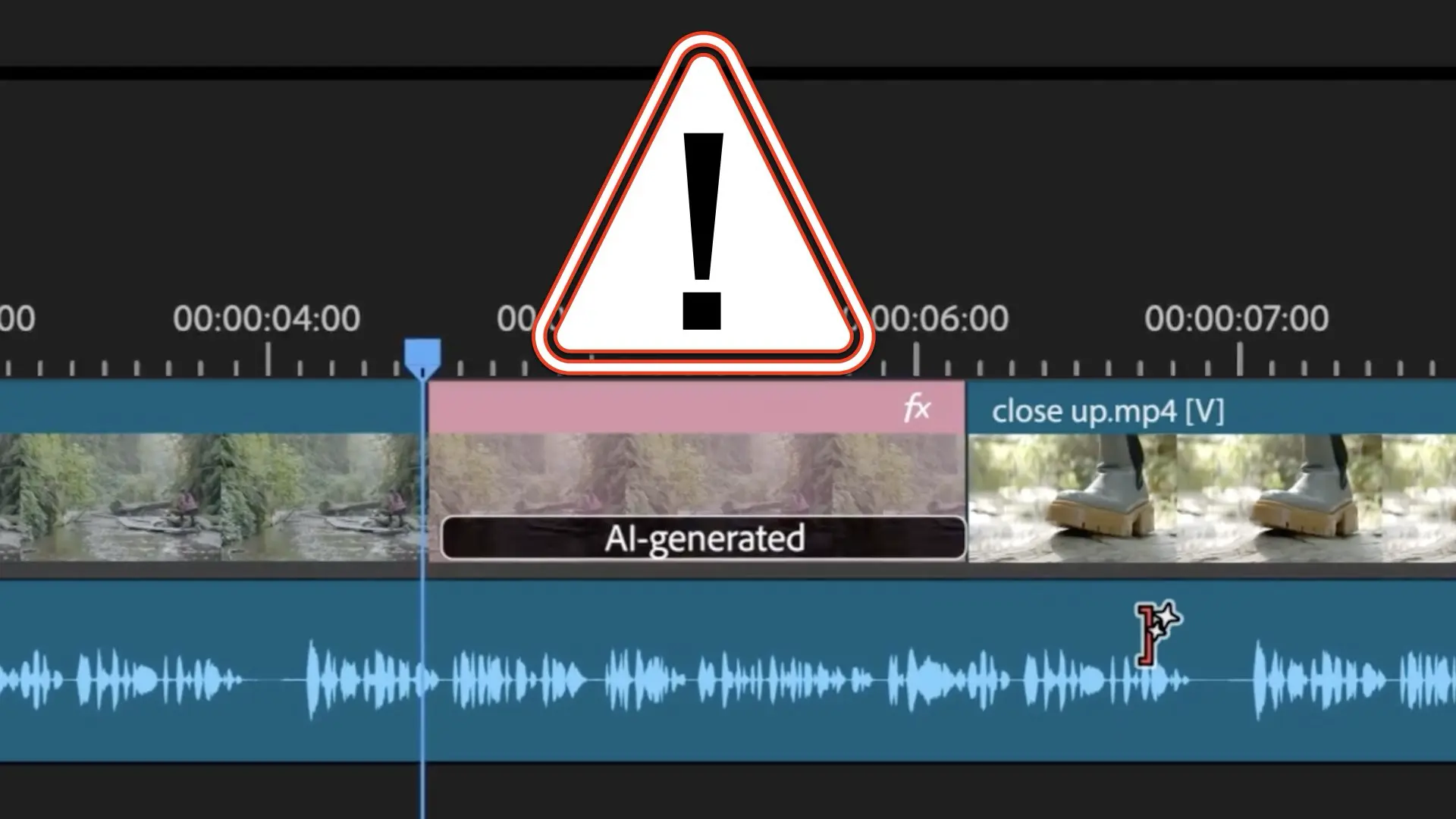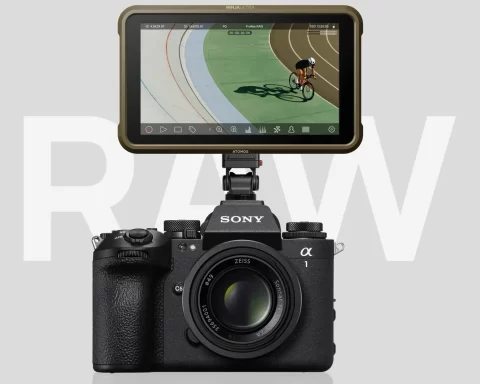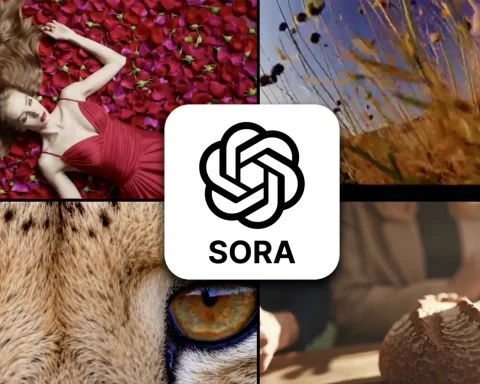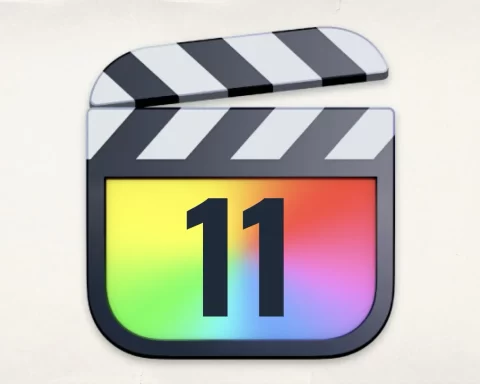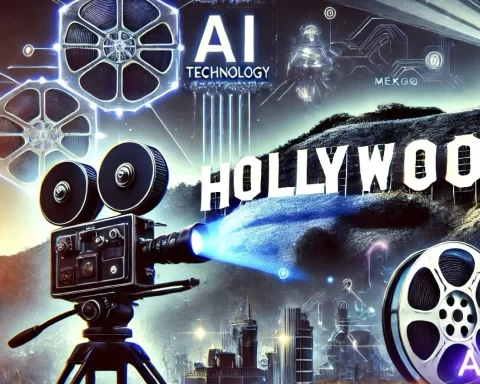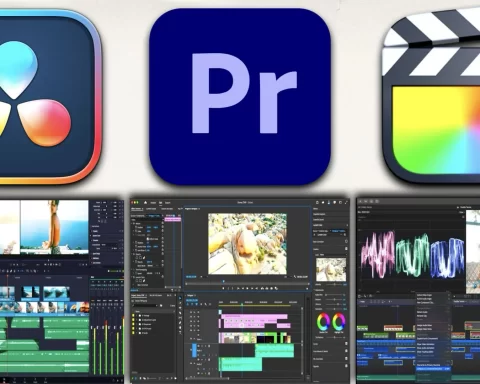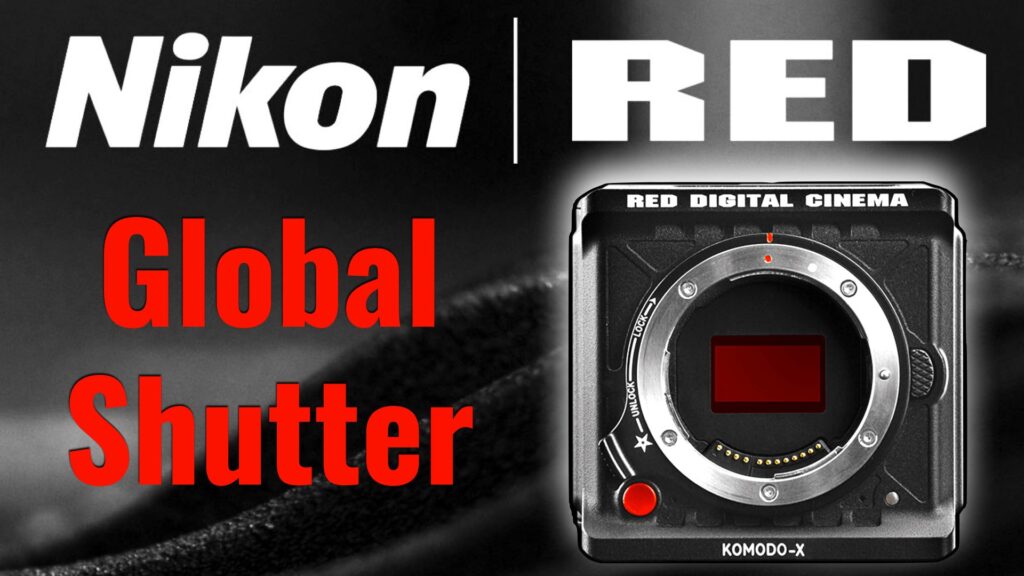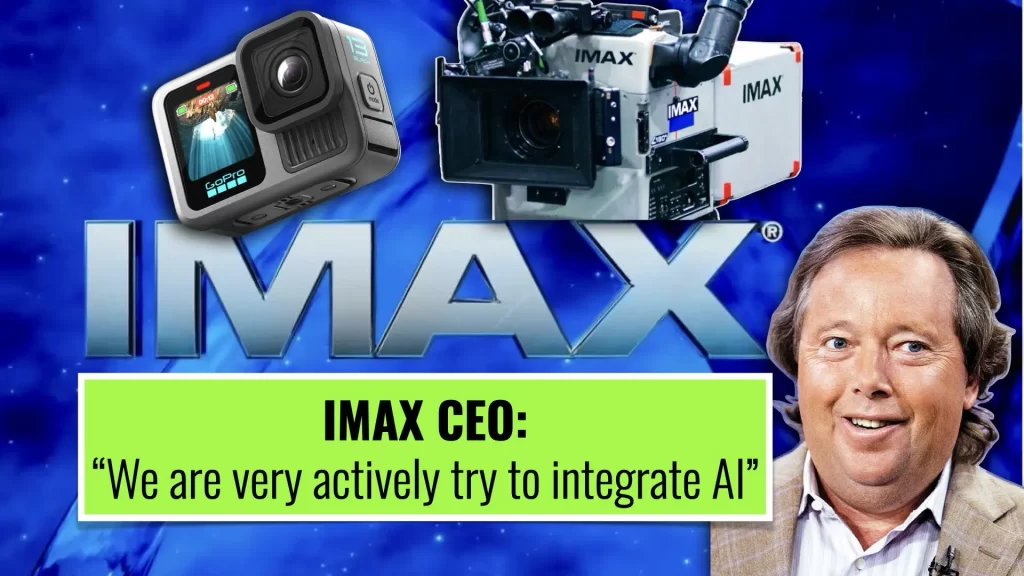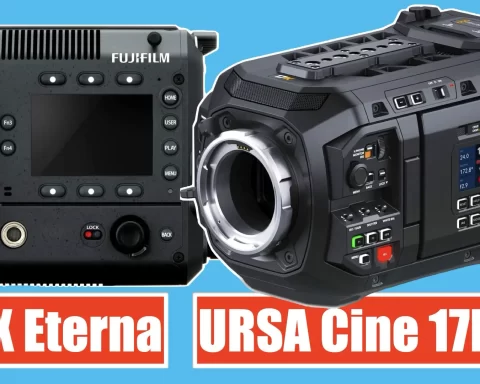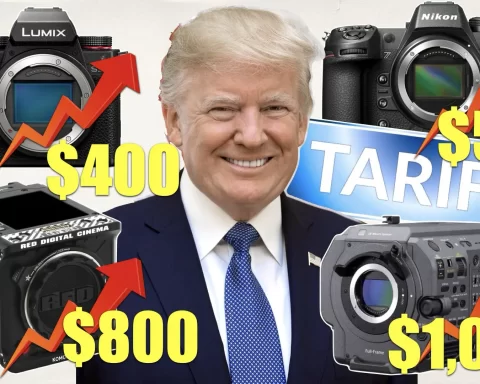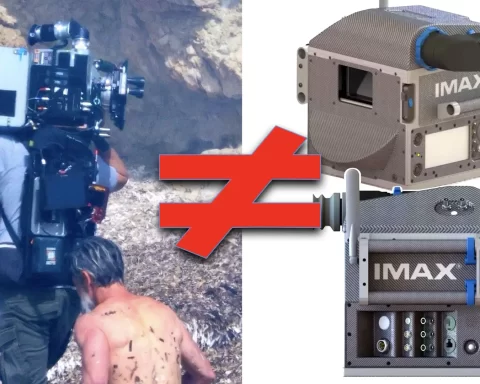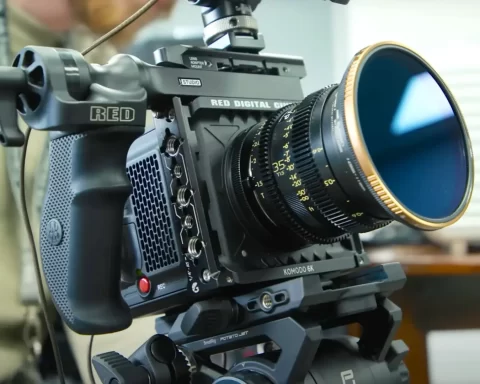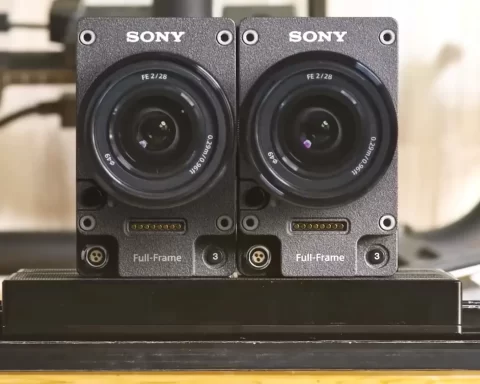Adobe has announced on “A new era of video editing” referring to its new Firefly Video Model where ‘creators’ can ‘create’ videos from text. Like Sora but much more powerful, as it integrates into the Creative Cloud, and into the Premiere Pro’s timeline. And that’s a shame.
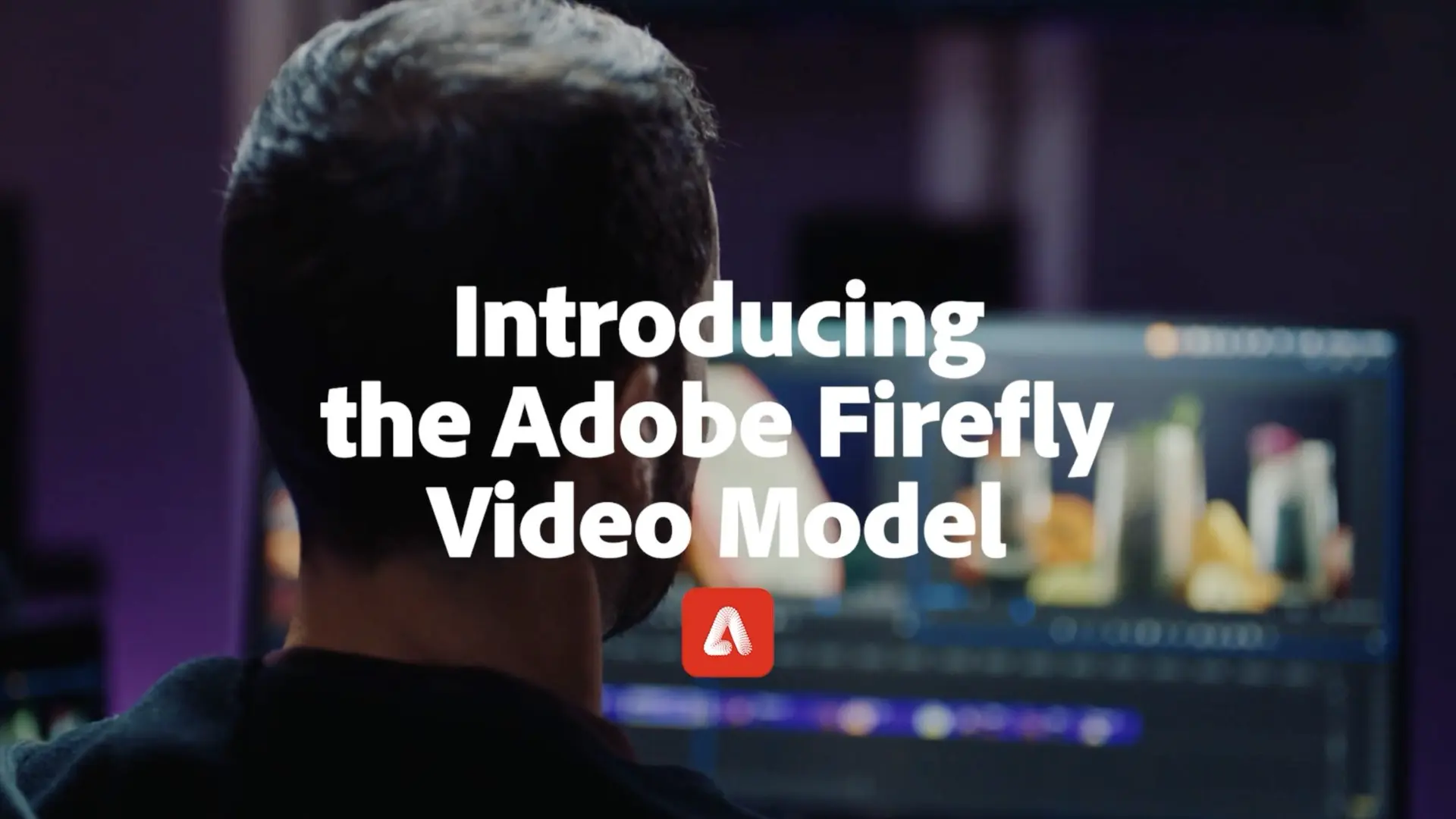
Adobe Firefly Video Model: An knockdown for real creators
As stated by Adobe: “Over the past several months, we’ve worked closely with the video editing community to advance the Firefly Video Model. Guided by their feedback and built with creators’ rights in mind, we’re developing new workflows leveraging the model to help editors ideate and explore their creative vision, fill gaps in their timeline, and add new elements to existing footage. This is a new era of video editing. With Firefly Text-to-Video, you can use text prompts, a wide variety of camera controls, and reference images to generate B-Roll that seamlessly fills gaps in your timeline”. Indeed, this is a powerful tool, even more than OpenAI’s Sora, since it integrates smoothly into the Creative Cloud and Premiere Pro’s timeline. Explore the demonstration below:
Adobe’s ‘Do Not Train’ statement
Furthermore, Adobe is very afraid not to piss off the community and updated and reemphasized its terms regarding the Do Not Train thesis. We summarized Adobe’s principles below:
Adobe Firefly is trained on a dataset of licensed content, such as Adobe Stock, and public domain content where copyright has expired. Adobe Stock content is covered under a separate license agreement, and Adobe compensates contributors for the use of that content. We do not train and have never trained Adobe Firefly on user content.
Adobe
- We only train Adobe Firefly on content where we have permission to do so.
- We do not mine the web or video hosting sites for content.
- We only train on content where we have rights or permission to do so.
- We compensate creators who contribute to Adobe Stock for the use of their content in training Adobe Firefly.
- Adobe focuses on training its models in a way that is responsible and respects the rights of creators.
- We deploy safeguards at each step (prior to training, during generation, at prompt, and during output) to ensure Adobe Firefly does not create content that infringes copyright or intellectual property rights and is designed to be commercially safe.
- We do not claim any ownership of your content, including content you create with Adobe Firefly.
- You own your content. Adobe makes no claims, and never has, to owning your content, regardless of how it was created. Adobe makes no claims of copyright or ownership over the content you create with Adobe Firefly.
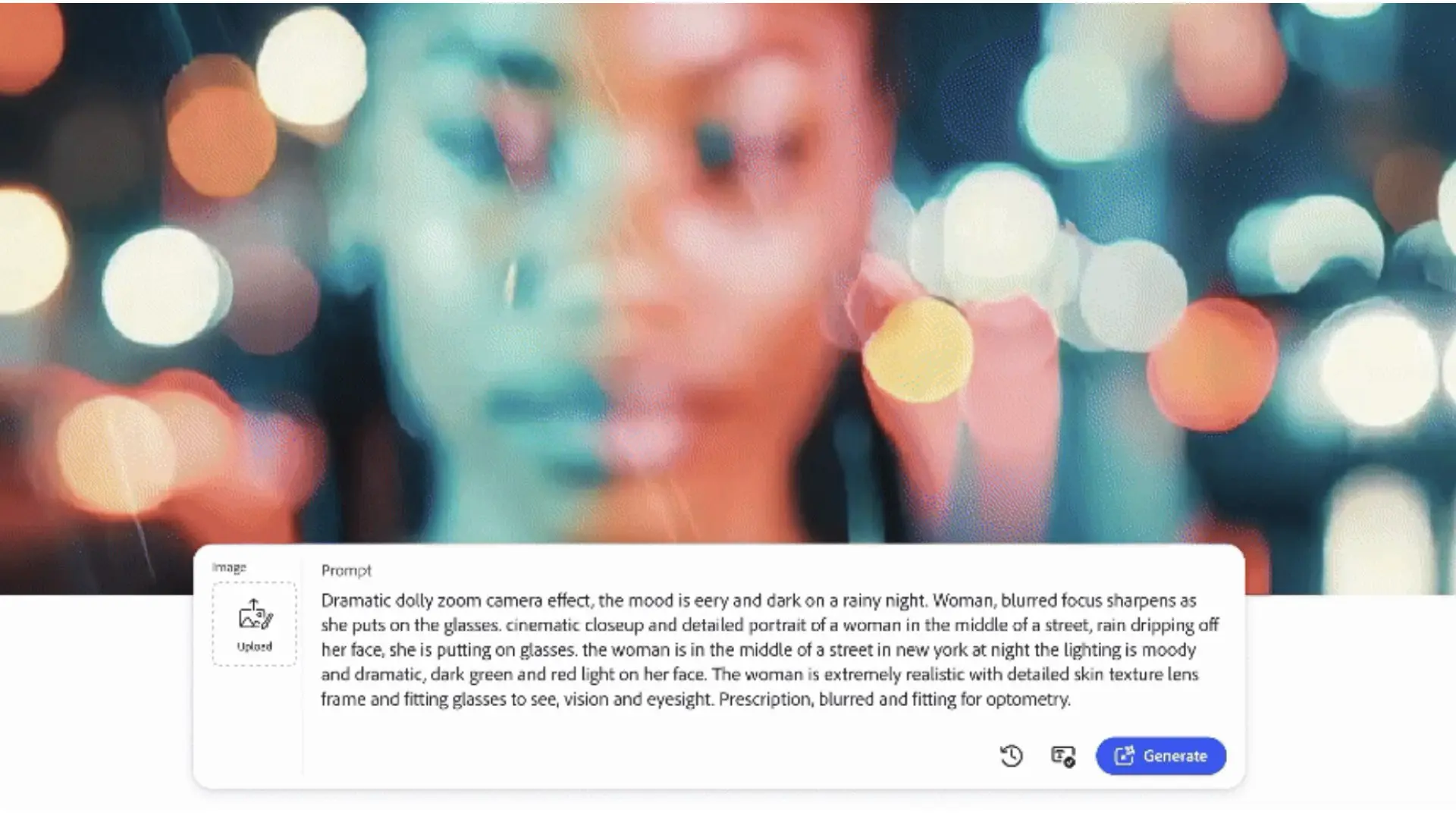
Many other companies train their generative AI models on content that is collected from the web without permission (often referred to as “publicly available online data”). We do not believe this is fair toward creators, and this is not our approach. We developed Adobe Firefly to prevent it from creating content that infringes copyright or intellectual property rights, and it is designed to be commercially safe.
Adobe
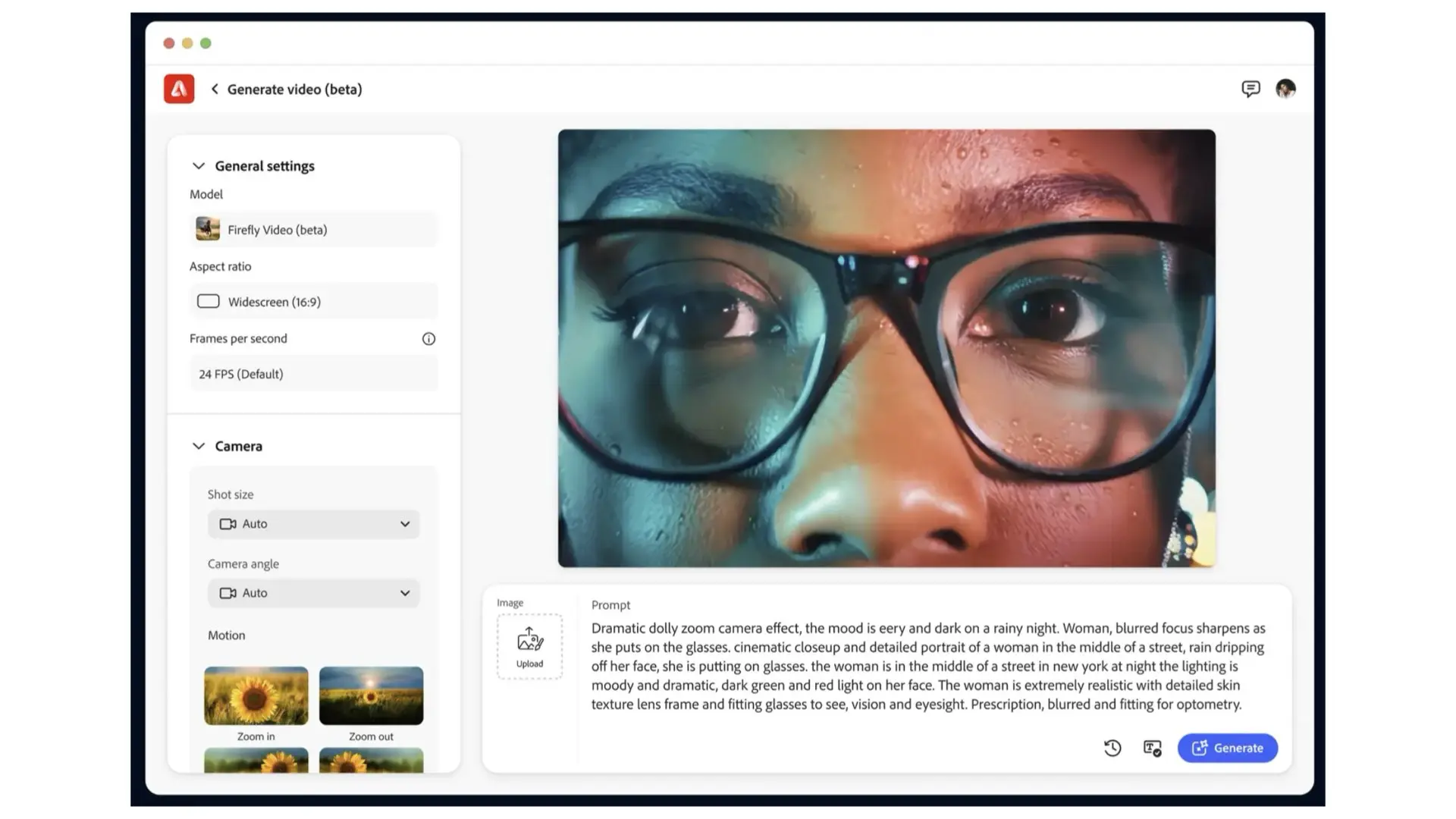
Comparing to other companies
Moreover, Adobe has added the following statement: “Many other companies train their generative AI models on content that is collected from the web without permission (often referred to as “publicly available online data”). We do not believe this is fair toward creators, and this is not our approach. We developed Adobe Firefly to prevent it from creating content that infringes copyright or intellectual property rights, and it is designed to be commercially safe”.
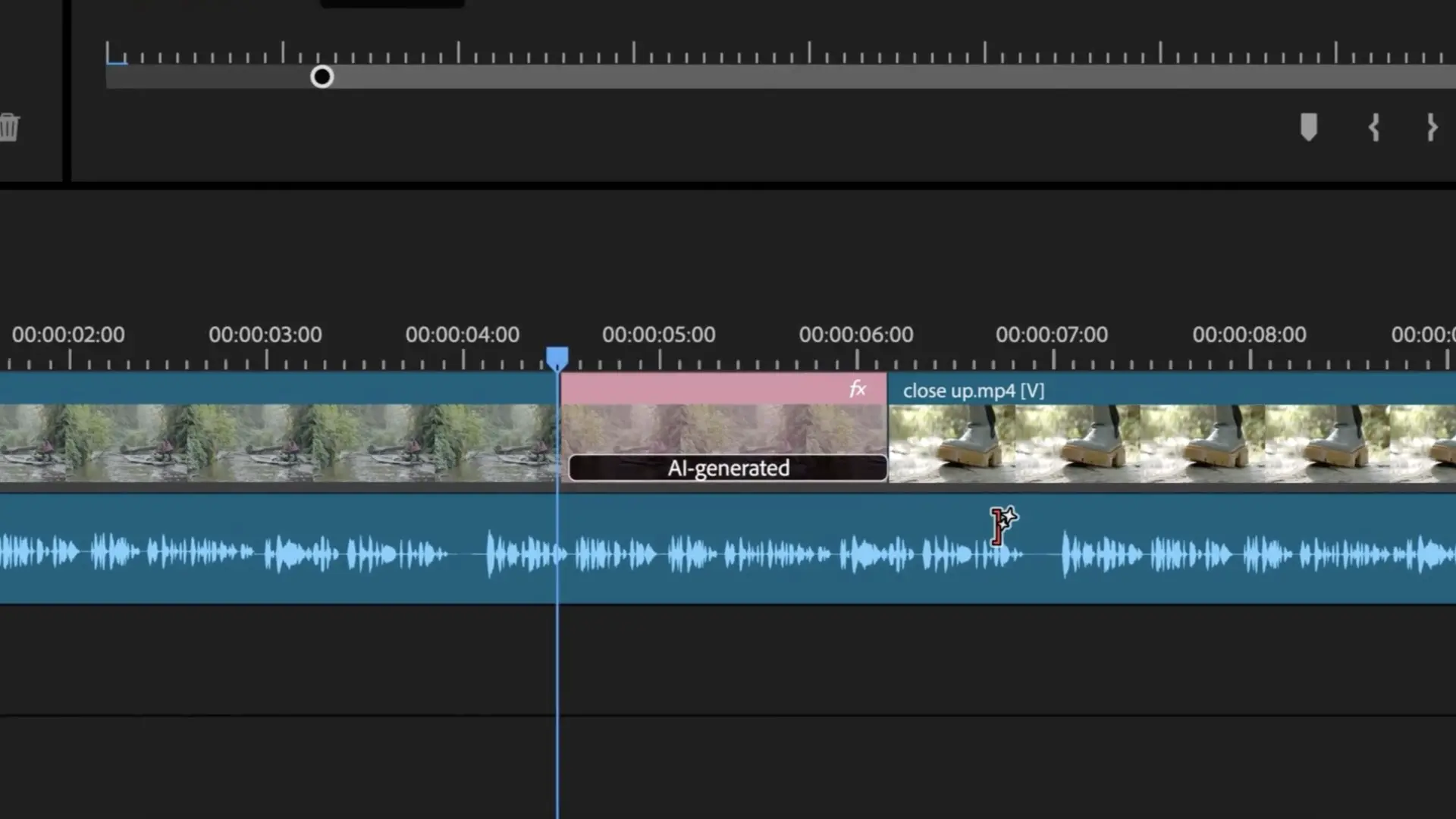
As Adobe says, it’s “A new era of video editing” since editors will have to learn how to write text prompts and not how to create stories from actual footage crafted by talented videographers/cinematographers. This will be the end of the creation process as we know it, and that’s bad…very bad.
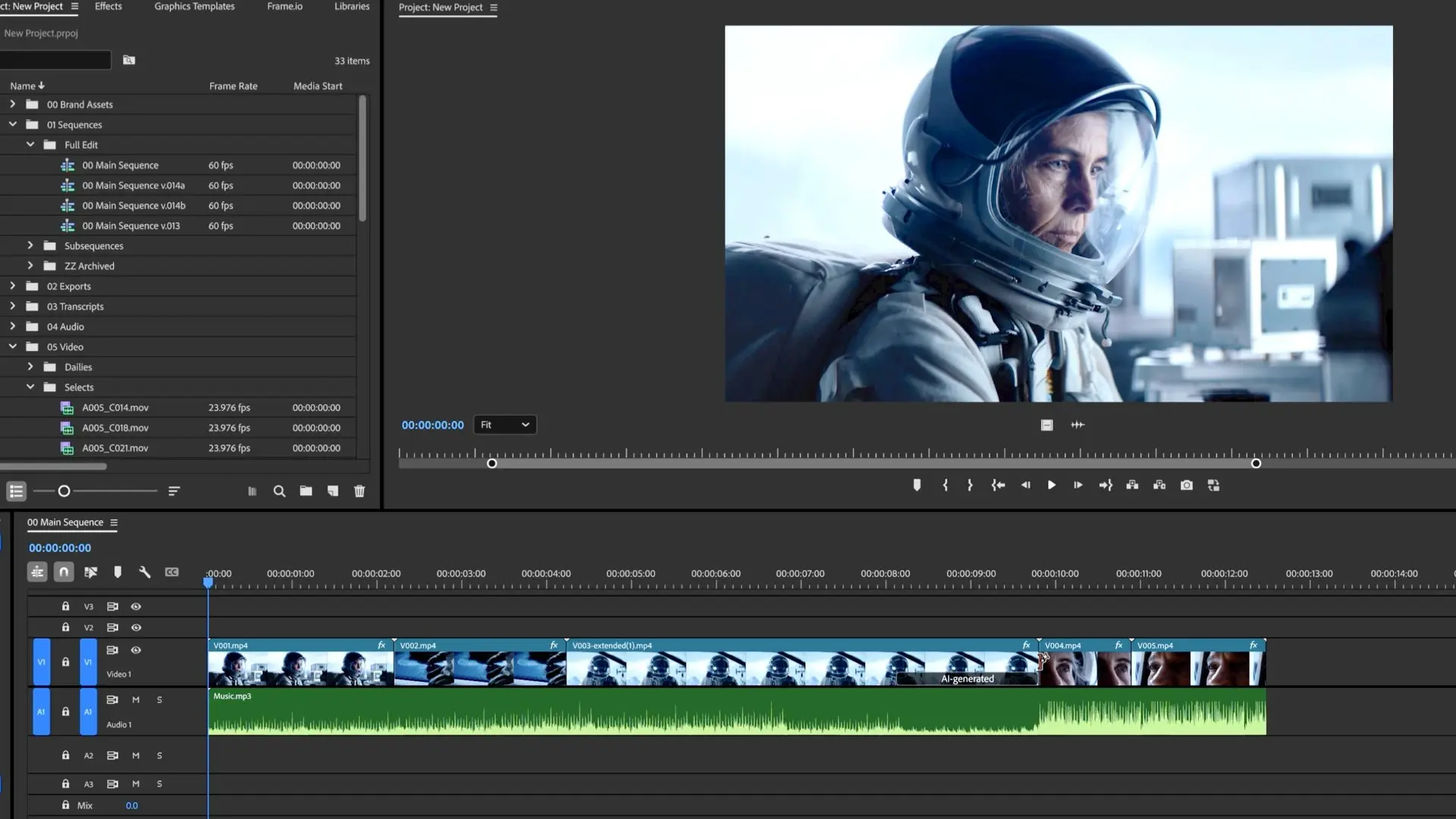
Initial thoughts
In our personal opinion, Adobe is shooting creators in the foot. It says that Firefly is trained only on “Public domain content where copyright has expired”. What does it mean? Is there such thing as ‘expired content”? Maybe on videos uploaded many years ago… Hence Firefly is not been trained on a new content besides Adobe’s stock footage..? This approach lacks any sense. Furthermore, as explained, Firefly holds a lot of power as it’s a very powerful text-to-video service. It integrates with Premiere Pro and the Creative Cloud, and thus it has a solid supportive technology base compared to other text-to-video applications like Sora. And with the power, comes responsibility. As Adobe says, it’s “A new era of video editing” since editors will have to learn how to write text prompts and not how to create stories from actual footage crafted by talented videographers/cinematographers. This will be the end of the creation process as we know it, and that’s bad…very bad. Adobe does all the efforts to justify that and mitigate the justified concern, but in between the lines it does’t look good at all.

